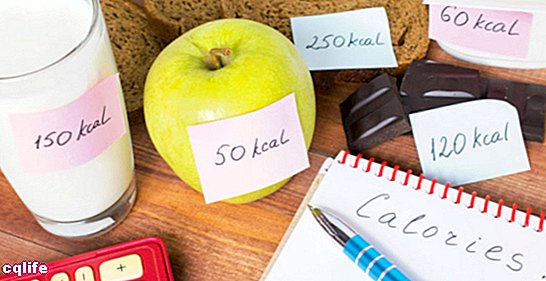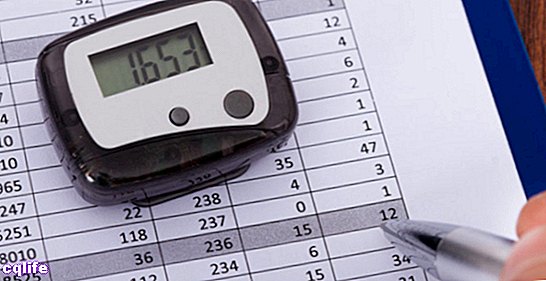- What is a calorie?
- How are calories measured?
- What are calories for?
- How many calories does the food have?
We explain what a calorie is and how this energy value is measured. Also, what they are for and a list of foods with their calories.

What is a calorie?
When we hear about calories, we must understand by the term a more or less informal unit of energy contained in food, and that is understood when comparing them with the specific thermal capacity of the food. Water. Since the use of calories as a term is not compatible with any formal system of units, it often expresses an ambiguous, indeterminate energy quantity.
Calories were defined by Nicolás Clément in 1824, initially as calorie-kilogram (kilocalorie), which was how it was introduced in French and English books between 1842 and 1867. It was stipulated as “the amount of heat necessary to produce an increase in temperature of 1 ° C in a 1 g ”(calorie-gram) water sample.However, at present it is considered preferable to use Joules (J) and its multiples and submultiples, as the unit to measure the amount of Energy.
Calories became very popular during the second half of the 20th century as part of diets that proposed counting calories as a way of monitoring that calories. food consumed will not provide the body with excess nutrients that it should store as fats.
How are calories measured?

Calories (cal) represent the energy value of food, expressed in the amount of heat necessary to increase a 1 ° C mass of water of 1 gr. This means that a thousand calories constitute one kilocalorie (kcal), equivalent to about 4,185 kilojoules (kJ). As far as food is concerned, these values are usually expressed in number of kilocalories per 100 grams of food (kcal / 100gr). Despite being found in numerous food packages, calories are not recognized within the International system (SI) of weights and measures.
What are calories for?

Since calories are not a thing, but a unit of measurement, we can say that they serve to determine the amount of energy contained in things, which is particularly useful, as we have already said, to establish some kind of comparisons between different foods and their respective impacts on the metabolism of our body.
A more caloric food will incorporate a greater amount of chemical energy, which by exceeding what our body requires for its average daily functioning (at least 2,500 calories a day and in a state of rest), becomes reserves, that is, fat. About 7,000 calories are said to equal one kilogram of body fat.
How many calories does the food have?
It depends on the food:
- 100 grams of green vegetables (chard, spinach, watercress) provide 29 kcal
- 100 grams of lettuce, endive or endives provide 20 kcal each
- 100 grams of onions provide 47 kcal
- 100 grams of potatoes provide 79 kcal
- 100 grams of carrots provide 33 kcal
- 100 grams of mango, apple, pineapples provide about 50 kcal each
- 100 grams of figs provide 80 kcal
- 100 grams of walnuts provide 660 kcal
- 100 grams of peanuts provide 560 kcal
- 100 grams of pistachio provide 581 kcal
- 100 grams of white rice provide 354 kcal
- 100 grams of pasta provide 368 kcal
- 100 grams of oats provide 367 kcal
- 100 grams of lentils provide 336 kcal
- 100 grams of soy provide 446 kcal
- 100 grams of anchovies provide 175 kcal
- 100 grams of red meat provide between 200 and 250 kcal
- 100 grams of white meat provide between 100 and 180 kcal
- 100 grams of shellfish provide between 80 and 100 kcal
- 100 grams of sardines provide 151 kcal
- 100 grams of tuna provide 225 kcal
- 100 grams of salmon provide 175 kcal
- 100 grams of whole milk provide 68 kcal
- 100 grams of fresh cheese provide 174 kcal
- 100 grams of cured cheese provide 370 kcal
- 100 grams of butter provide 752 kcal
- 100 grams of sugar provide 373 kcal
- 100 grams of honey provide 295 kcal
- 100 grams of cauliflower, broccoli or collard greens provide about 22 kcal each
